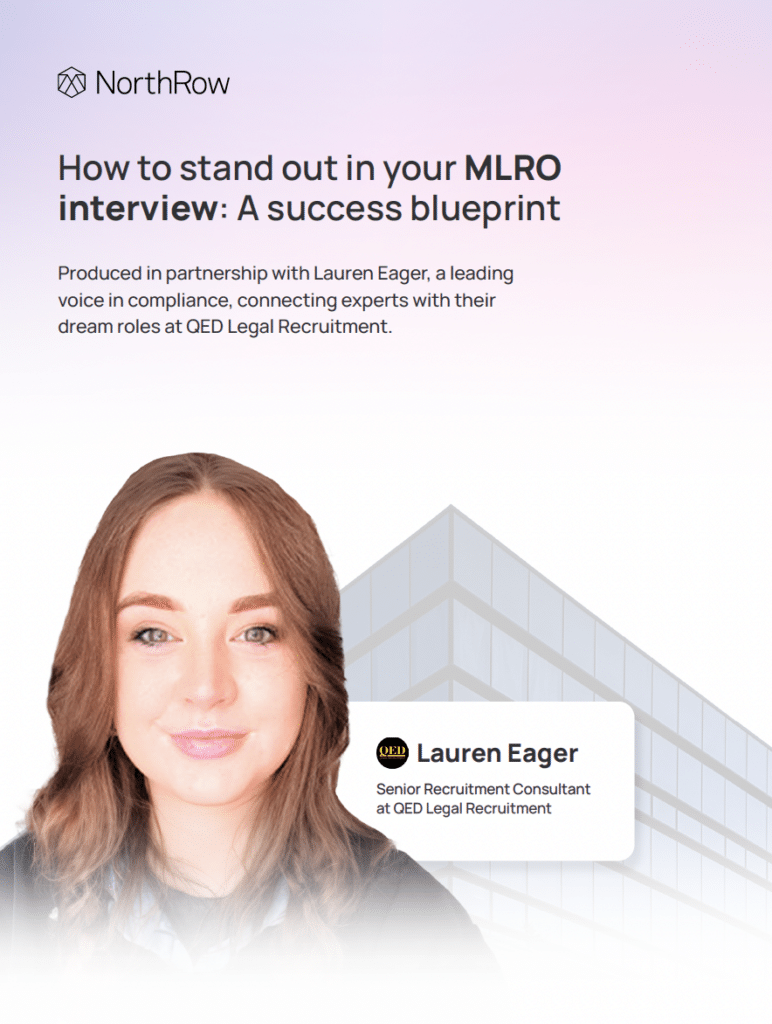Regulated firms in the UK know all too well the challenges of identifying Ultimate Beneficial Owners (UBOs). The task has grown more of a headache as corporate structures become increasingly sophisticated, often spanning multiple jurisdictions and using layers of legal entities to obscure ownership. As a result, compliance teams face mounting pressure to meet regulatory expectations, reduce risk, and avoid penalties.
But, there are a number of tools and strategies that are helping businesses tackle this challenge head-on. In this article, we take a look at a number of modern tools and helpful strategies that can help you to effectively identify UBOs in complex corporate structures.
Why UBO identification matters
Identifying UBOs is a key part of Anti-Money Laundering (AML) compliance when onboarding corporate clients. Under the UK’s Money Laundering Regulations, a UBO is anyone who ultimately owns or controls more than 25% of a company’s shares or voting rights, or who otherwise exercises significant control over the entity.
Regulators require firms to know who they are ultimately doing business with, especially when it comes to preventing money laundering, fraud, or terrorist financing. But pinpointing the individuals who ultimately control or benefit from a business can be incredibly difficult. Each layer might reveal shell companies, trusts, or opaque offshore structures designed to make ownership harder to trace.
The reality is that without clear UBO identification processes, firms risk becoming unwitting accomplices in financial crime. This can trigger harsh penalties from regulators like the Financial Conduct Authority (FCA) or international bodies such as the U.S. Treasury’s OFAC, not to mention the reputational fallout from being linked to criminal activity.
The challenges in identifying UBOs
Bad actors are skilled at exploiting gaps in the system. Complex corporate structures are deliberately designed to make UBOs as hard to trace as possible. Multi-layered ownership chains, offshore jurisdictions, and nominee directors create opacity that even seasoned compliance professionals struggle to penetrate.
Offshore tax havens with minimal UBO disclosure requirements are particularly attractive. Jurisdictions like the British Virgin Islands and the Cayman Islands provide the perfect cover for hiding ownership, allowing criminals to bypass more stringent oversight in places like the UK.
And yet, even within the UK, criminals use inconsistent registry standards and trusts to their advantage. Trusts, for example, allow a trustee to hold legal ownership while the true beneficiary stays hidden, creating another layer of complexity.

Modern tools that make UBO identification possible
Traditional manual checks are no longer sufficient to meet the challenge of identifying UBOs in complex corporate structures. The sheer volume of data, combined with the ingenuity of criminals, means firms need to adopt modern tools and techniques to stay ahead.
RegTech solutions
Regulatory technology (RegTech) has become indispensable for firms looking to streamline and enhance their compliance processes. Modern RegTech platforms allow firms to automate key elements of UBO identification, reducing human error and improving efficiency.
These systems integrate with global databases and corporate registries, cross-referencing ownership details in real-time. This is especially important when dealing with entities that span multiple jurisdictions, where ownership rules and documentation standards can vary widely.
For instance, some platforms allow firms to instantly verify UBO information against sanction lists, politically exposed persons (PEP) databases, and adverse media reports. This reduces the risk of onboarding high-risk clients while cutting down on time-consuming manual checks.
Global UBO databases
Global UBO databases have emerged as a critical resource for regulated firms. These repositories collect and standardise ownership information from corporate registries worldwide, providing a clearer picture of ownership hierarchies.
By consolidating data from jurisdictions with differing transparency requirements, these databases make it easier to untangle complex ownership webs. Many are updated in near real-time, ensuring that firms have access to the latest information about their clients. For instance, the UK’s Persons of Significant Control (PSC) register provides a starting point for identifying UBOs, though additional tools are often needed to fill in the gaps.
Automated relationship mapping
One of the key advantages of modern tools is the ability to map relationships automatically. Visualising ownership chains, shareholder connections, and voting rights helps compliance teams understand the bigger picture and identify any red flags.
Advanced tools use trusted global databases to trace indirect ownership links, highlighting where a nominal owner may actually be a proxy for the real decision-maker. By presenting this information visually, these tools help compliance teams quickly understand complex ownership arrangements that would otherwise take days or weeks to unravel.
Strategies to strengthen UBO identification
While tools are essential, the effectiveness of UBO identification also depends on implementing robust strategies that complement technology. Here’s how firms can stay one step ahead of financial criminals.
Adopt a risk-based approach
Not all clients present the same level of risk. By adopting a risk-based approach, firms can allocate their resources more effectively, focusing their due diligence efforts on high-risk clients and jurisdictions.
This means tailoring UBO checks based on factors like the client’s geographic location, business activity, and ownership complexity. High-risk clients should undergo enhanced due diligence, including in-depth analysis of ownership structures and cross-checking against multiple data sources.
Keep data fresh
Outdated information is one of the biggest vulnerabilities in UBO identification. Ownership details can change quickly, and criminals often exploit outdated records to avoid detection.
Firms should prioritise real-time monitoring of UBO information, using automated systems to flag any changes in ownership or control. This allows compliance teams to act swiftly, reducing the window of opportunity for bad actors.
Collaborate across borders
Financial crime is a global problem, and tackling it requires cross-border collaboration. Firms should actively participate in information-sharing initiatives and partnerships that promote transparency and consistency in UBO reporting.
Organisations like the Financial Action Task Force (FATF) and the Joint Money Laundering Steering Group (JMLSG) provide guidelines and forums for improving UBO transparency. Engaging with these initiatives can help firms align their practices with global standards.
Train compliance teams
Even with the best tools, human expertise remains critical. Regular training for compliance teams is essential to ensure they understand the intricacies of UBO identification and can spot potential risks that automated systems might miss. This includes staying up to date on emerging trends in financial crime, changes in global regulations, and new strategies criminals are using to hide ownership.







